Ask Steve, Reflections
The Camino: What, Why and How
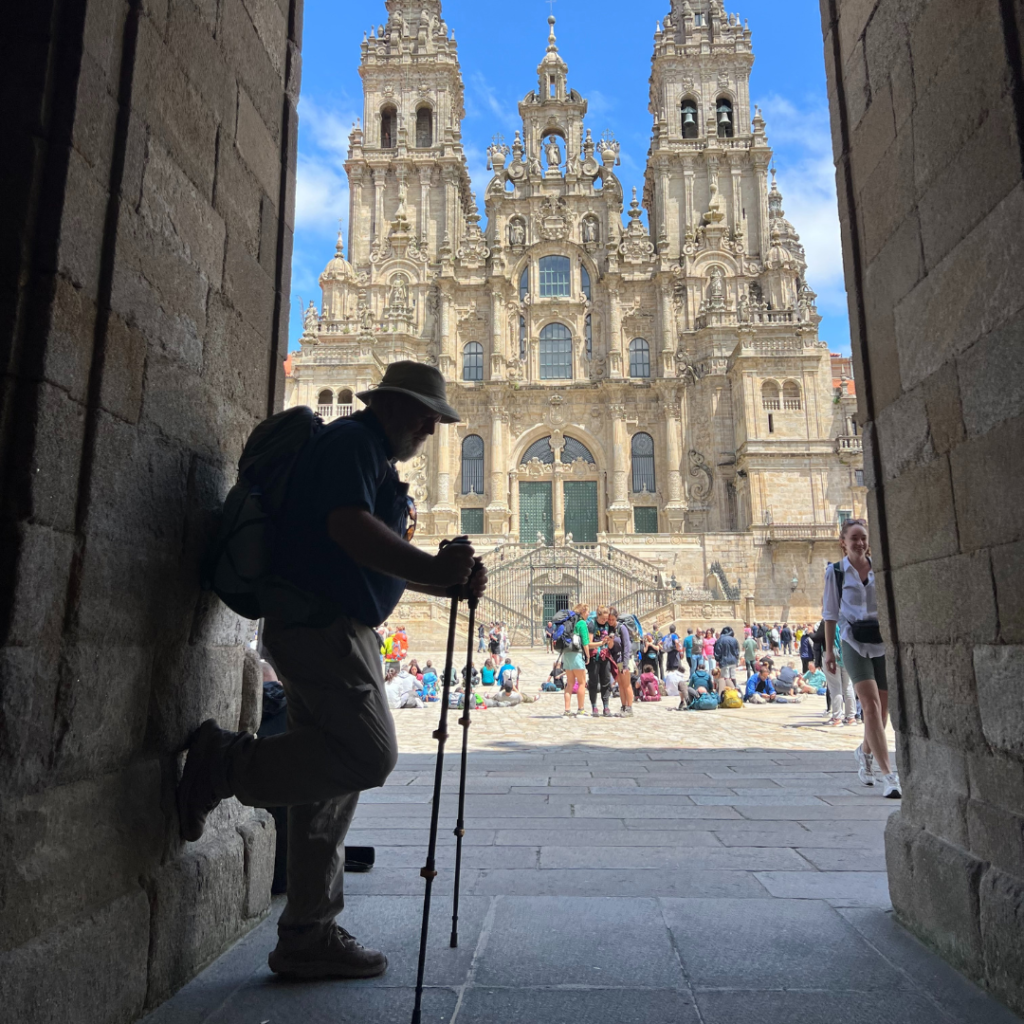
In late May of 2024, I boarded a flight for Portugal to walk the Camino Portuguese. The Camino, as I will refer to it in this article, is an approximately 180-mile pilgrimage route from Porto, Portugal to Santiago, Spain. This particular route has been growing in popularity in recent years.
While doing a pilgrimage might seem rather strange for someone from within the Anabaptist tradition, the pilgrim concept was certainly nothing new. I grew up in a church called Pilgrim, and my life up to this point has certainly resembled more of the life of a pilgrim than a settled citizen.
I first learned of the Camino from a pastor friend who, upon his retirement from ministry, walked his first Camino. As he told of his experience, I knew I would need to take the trek myself. Before I tell you my story of the Camino, what is pilgrimage about?
Pilgrimage as a Christian concept has deep roots in biblical texts. Abraham, the father of faith, left home on a pilgrimage at the call of God. Isaac and Jacob continued this nomadic life until the descendants of Israel formed a people while in exile in Egypt and were then miraculously delivered to undertake a 40 year pilgrimage to the promised land. Peter describes the life of Jesus followers with the term “pilgrims and strangers”; the writer of Hebrews depicts the journey of faith as citizens of a heavenly home “seeking for a country” rather than being at home in the here and now. Jesus’ people seem to have a resident alien status and frequently find themselves at odds with their present cultural moment. This has at times inspired Christians into a sort of retreat and isolation. Yet it has also provided a paradigm for “living in but not of” the systems of our day, so often plagued by coercive power, selfish ambition, greed and many other vices rather than faith expressing itself in love.
In an attempt to embrace this concept of pilgrimage, the act of doing pilgrimages for spiritual purposes became quite prominent in medieval times. (I will refrain from commenting on all the objectives they may have had for these journeys. We all struggle with less than noble purposes in our earthly pilgrimages, whether on an official Camino or just our daily walk down small-town American sidewalks.) Christians continue to make pilgrimages to places of spiritual and historical importance, with the most popular destination being Jerusalem and the surrounding areas so rich with biblical significance. The second most popular destination is Rome, followed by Santiago, Spain, in third place.
Santiago is traditionally identified as the place where the Apostle James is buried. While it may be impossible to ascertain the facts about this, myths and legends surround this magnificent cathedral. Since the tenth century, people have been walking various routes to Santiago for spiritual purposes; and after a long period of declining popularity, the practice is again experiencing a surge of interest from pilgrims from around the world. While there are multiple routes that end in Santiago, the most popular by far is the French route. Growing rapidly in popularity in more recent years, the Portuguese route, which was the Camino I chose, now sees a lot of pilgrims, and the infrastructure is expanding to make it a viable option. While some people begin their Camino in Lisbon, the Coastal city of Porto is a popular starting point that reduces the walk to about 180 miles. There are several different routes on this Camino. The central route is the most popular but there is a coastal alternative follows the Atlantic coast for the first few days. I walked the coastal route until it merged with the central route in Rodendela.
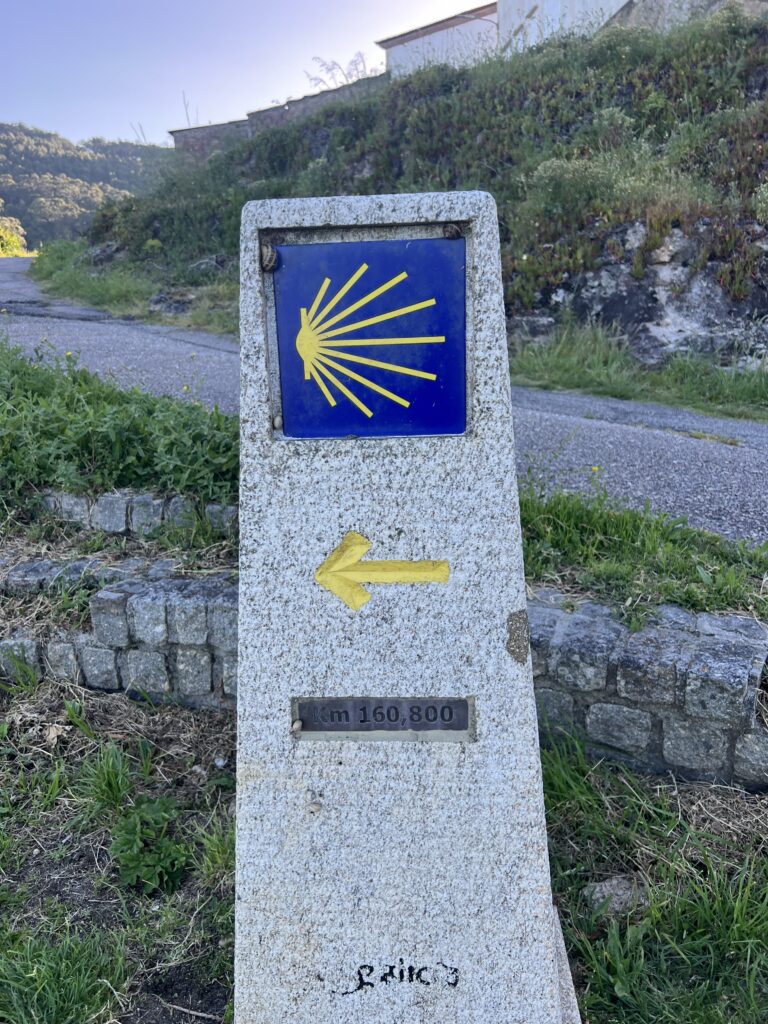
People walk the Camino (a word that means “way”) for many different reasons. For some, it is a physical challenge. For others, it is a way to disconnect from the stress and busyness of modern life. Most are on some sort of quest—spiritual, physical or cultural—and they come from all over the world. In my fourteen days on the Camino, I met people who came from fourteen different countries and from every continent except Antarctica. I met many additional people whose starting points I didn’t learn, as language limited our ability to communicate. We shared a common humanity on a common way with a common destination: Santiago.
There were many reasons underlying my decision to walk the Camino, some relatively frivolous and others quite personal. For starters, this idea of walking the Camino had been on my mind for nearly 5 years now and the itch to complete it was growing. Secondly, my wife had committed to a project that would occupy most of her waking hours for nearly two weeks, and I’m not one to comfortably stay at home and see to routine life when I can conceive of more exciting options.The final catalyst was a series of major life transitions that I just needed time to process – mentally, emotionally and spiritually. While my current career has me travelling a lot, it was also presenting fresh challenges mentally and emotionally. The personal growth trajectory required was immense and the demands quite intense. I increasingly found myself weary, both mentally and emotionally. Spiritually, I was again (for at least the fourth time in my life) processing some level of faith crisis. Physically, I was flaccid and lazy due to my travel schedules’ impact on workout routines.
It wasn’t until I was actually on the Camino that I also realized it had been a full seven years since my burnout, a crash that forced me on an extended sabbatical due to severe emotional fatigue. It began to seem as though the timing of this Camino was providentially planned. During the intervening years, I had increasingly become aware of the need to truly engage in stressful activities for the sake of growth – physically, mentally, emotionally, and spiritually. However, extended stress without a corresponding period of rest and recovery is simply not sustainable. All rest and no stress, and there is no growth. Too much stress without adequate rest and recovery, and you die. We need the rhythm of stress and rest for sustainability, health and growth. This Camino was to be a time for spiritual reflection, yet mental and emotional rest coupled with physical stress.
I discovered that some blend of these components was quite common on the Camino. I met pastors who had just retired or were so tired they needed a reset. I had extensive conversations with business executives and medical professionals who had reached their limits of stress and unrelenting demands; they had walked away for a time of simpler, quieter life and were trying to figure out how to get their lives back. Others were in life transitions, processing grief or just in search of a kinder, gentler world. Many were on a search, a search for something that had eluded them and that they felt was significant enough to pursue quite intentionally. There were also the “speed walkers” out to check off this Camino in record time.
What soon became obvious to me was the shared humanity of those on the Camino: a slow pace, tired bodies, individual aches and pains, and the lessons coming thick and fast. With this more deliberate pace came much greater awareness of what was right in front of us—birds and snails, trees and flowers, arduous climbs with stunning vistas, and the small stands beside the trail with welcome refreshment. People became remarkably vulnerable and conversation open and free. Kindness was everywhere. (It takes margin and awareness to be kind.)
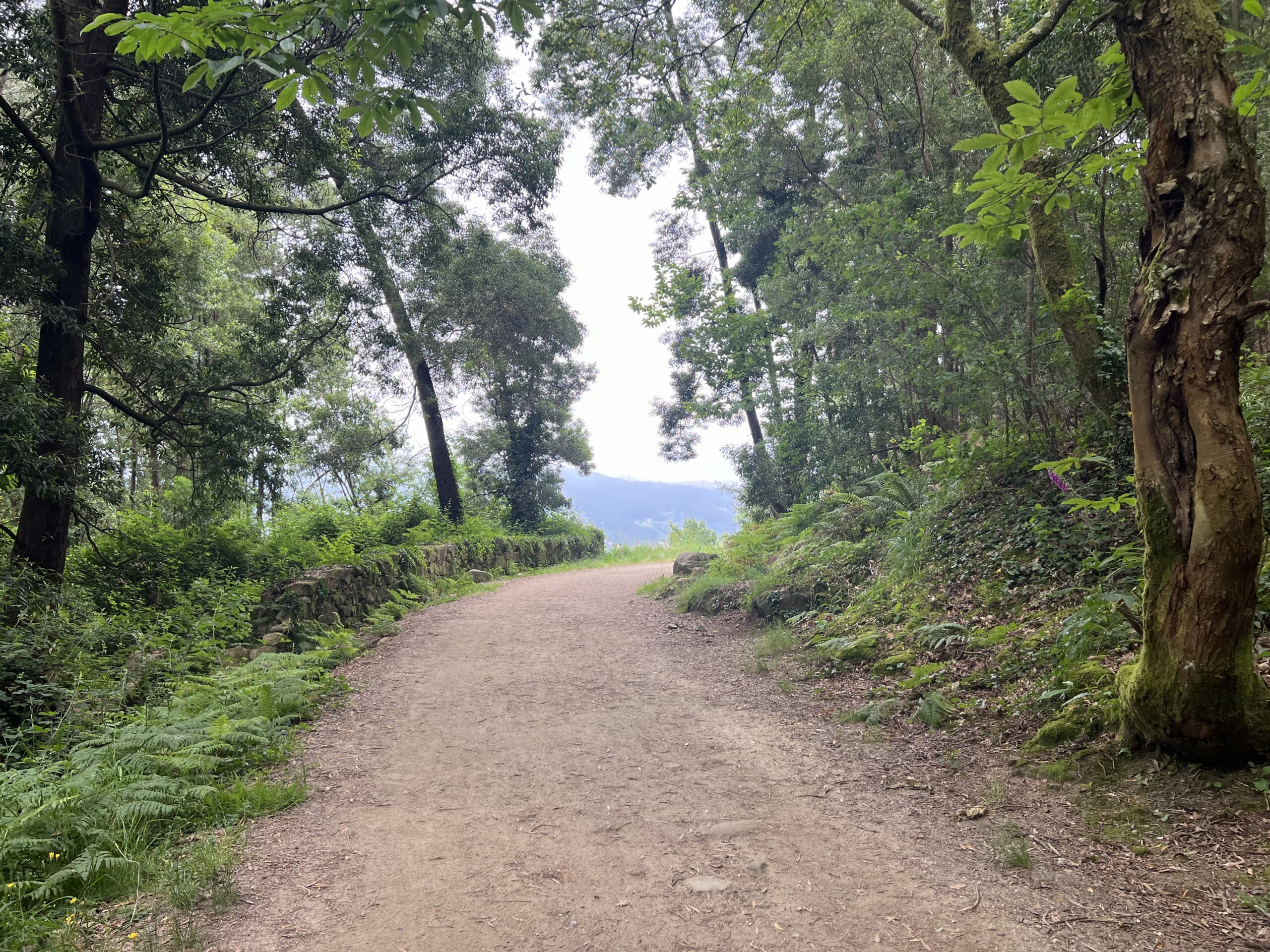
The journey did not disappoint. While many of the most sacred moments are too personal for a public page, there are others that deserve to be publicly celebrated. One of the most moving for me occurred on the hottest day. I was walking in the still-blazing midafternoon sun and had a few miles to go before I could lay my pack down for the night. Up ahead I noted a shaded spot under a large pine tree and settled down on the rock to give my aching muscles a rest. A stranger came along a while later, and we attempted a conversation but could find no common language to communicate. With a smile and “Buen Camino” (the common greeting on the Camino), he moved on. I watched him as he continued along the path, only to stop and turn back about a hundred yards out. He came back, and with a smile on his face and a few words (I had no idea what he was saying), he removed the cap of his water bottle and handed it to me. I took a long drink, smiled, and handed it back. With another quick exchange of “Buen Camino,” he was off again. This gesture of kindness touched me deeply and put a warmth in my heart that still reappears as I remember.
In addition, there were the folks who gave me an extra pair of sunglasses after I lost mine, shared their treatments for aching muscles, or paid for my morning coffee after a delightful conversation. We could use more of this level of human awareness and kindness in our lengthy and often arduous pilgrimage of life.
How does one do such a Camino? There are many ways to approach a Camino. The one thing they all have in common is that at some point, you don’t have it all figured out, but you undertake the journey nevertheless. You just start. Some folks book every night’s accommodation and make detailed plans for the entire journey. Others use a service that does all the planning for them and also transports the bulk of their luggage to their lodging place each night. On the other side, some simply arrive, start walking, and figure it all out as they go. Everyone does his own Camino, and there really is no right way or wrong way. This is one component of the wisdom of the Camino – withhold judgment. Listen, learn, and get to know people and why they walk the Camino as they do. Everyone has his own Camino to walk.
In the planning process, I watched quite a number of YouTube videos from people who had walked the Camino; I hoped to get a sense of what it would be like and how best to prepare. I decided to do the coastal route from Porto to Santiago for several reasons. First, I had never been to Portugal and this was the opportunity to add my thirty-eighth country. Second, I enjoy the coast; and this route had an optional coastal route that would likely be cooler with the Atlantic breezes blowing in. (It also opened up the possibility of storms, but I had none!) At 180 miles it seemed doable with my schedule, which allowed about fourteen days of actual walking.
I decided I would carry my own gear, so I did my own research and talked to Steve (my pastor friend who by now has walked multiple Caminos.) My pack weighed only about eighteen pounds; I carried relatively minimalist supplies. This was possible since I had decided I would stay in private accommodations rather than the hostel-like Albergues that exist to serve pilgrims on the Camino (many pilgrims use these). I also decided that I would only book one night of accommodation in advance. This gave me a blend of confidence and flexibility that felt good to me.
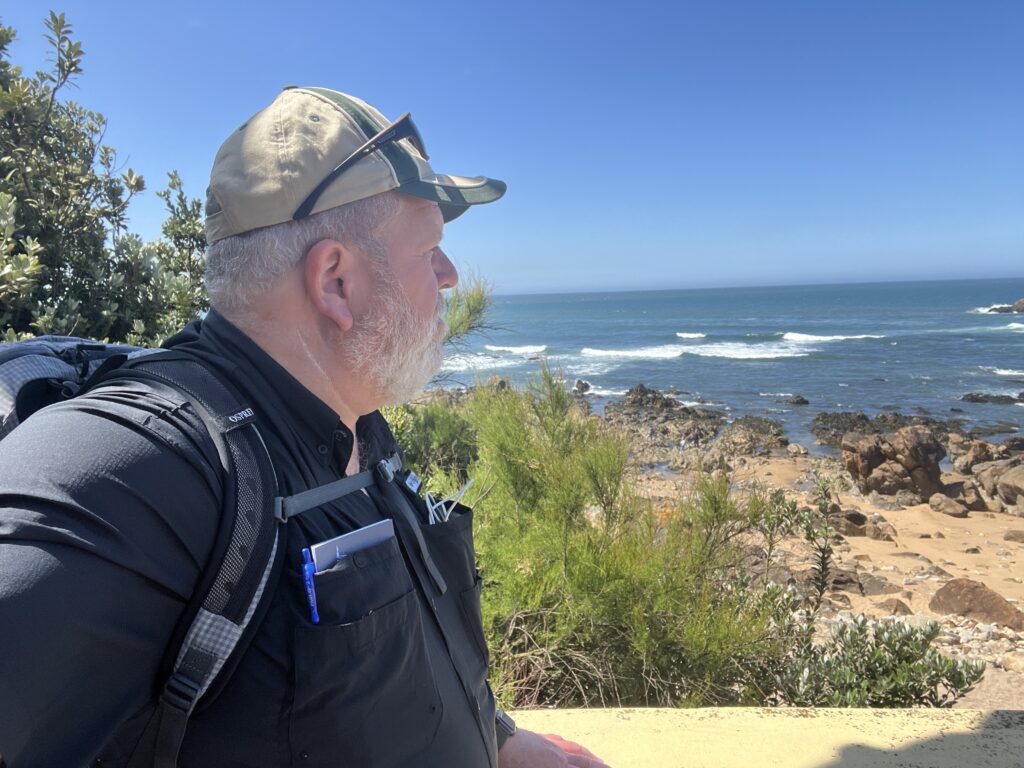
In my business travel, I get weary of flight connections with their risk of delays and the additional hassle those represent, so I opted for direct flights coming and going. I decided to fly to Lisbon and take the train to Porto, which was a really good experience. After finishing in Santiago, I again took the train but headed to Madrid this time and had a direct flight back to Washington Dulles. This was also a great experience.
The Camino Portuguese has multiple routes, and it is possible to switch between them at various places. I chose the Sendo Litoral, which leaves the Cathedral in Porto and follows the River Duoro out to the Atlantic; then hugs the coastline all the way up to Vigo, Spain. From there it heads inland and joins the Central route at Pontevedra for the rest of the way to Santiago. This route, while a more recent development, has fewer pilgrims but still has adequate infrastructure for food and overnight accommodation. There is also a variant referred to as the Spiritual Variant that is quite scenic. It includes the option of a boat trip to Padron. While I had considered taking this, a combination of weather and schedule made me decide to leave it for a later time.
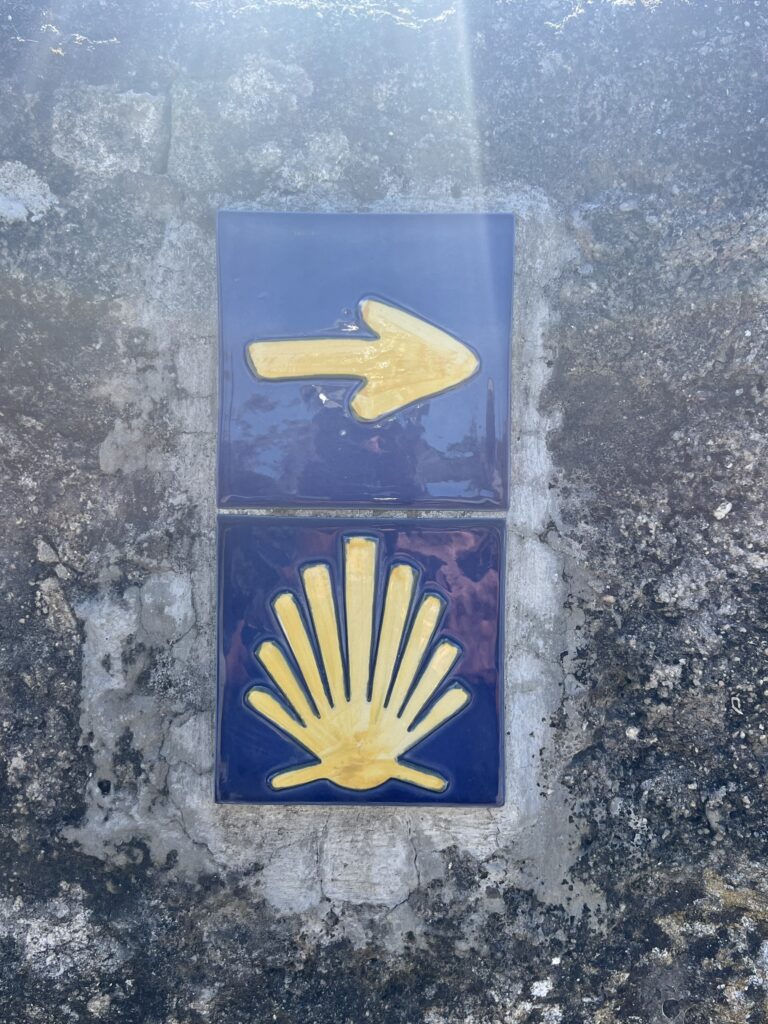
Now nearly two months after returning from the Camino, I still consider it to be one of the highlights of my life. I met some truly remarkable people. The physical exercise was really good for me, but the best aspect of the entire Camino was the quietness of mind and soul that marked so much of the walk. After my extended involuntary sabbatical of burnout, I came to the realization that wisdom appears in the rested quietness of the mind and soul. We must achieve some level of restedness in order for the kind of reflection that gives us desperately needed insights into life and our place in it. This quietness is also the place where the Spirit whispers to our spirits, and troubled and wounded hearts receive the Balm of Gilead.
Buen Camino, fellow pilgrim.
Hi Steve,
What a great read! I enjoyed it. I would love to do that someday. Thanks for sharing your insights on the positivity of stress then rest, stress then rest, for growth.
Thanks for sharing this
This is so inspiring Steve! I have to admit, when I first saw your Facebook posts about some dude walking a trail in some forsaken place just for the sake of, well, at that point I wasn’t sure what the point of it was, lol, I wasn’t sure what to think. But as I followed it a bit on Facebook I soon saw the wisdom of it (and I bit a longing in my heart to do that same). Maybe some day I can, I guess for now I’ll settle on taking the boys camping for a few days 😊
I love your story and perspective about this walk.
Makes me want to do it too.
Steve ...I really enjoyed reading about your journey. There is more no doubt, but thanks for sharing. Reminded me of the biblical account where we are told of Abraham's longing for and his seeking for a city whose builder and maker is God. A place where our soul is finally at rest.
What a beautiful experience, and opportunity for spiritual growth - thank you for sharing your reflections. I once walked a portion of the Canterbury Trail. I would like to do something like this again.